The History of New Mexico
Collapse
Expand
-
Chapter 7: The Mexican Period, 1821-1848
- The Mexican Period, 1821-1848
- Mexican Independence & New Mexico
- Opening the Santa Fe Trade
- "War of a Thousand Deserts"
- Colonization, Political Conflict & Rebellion
- References & Further Reading
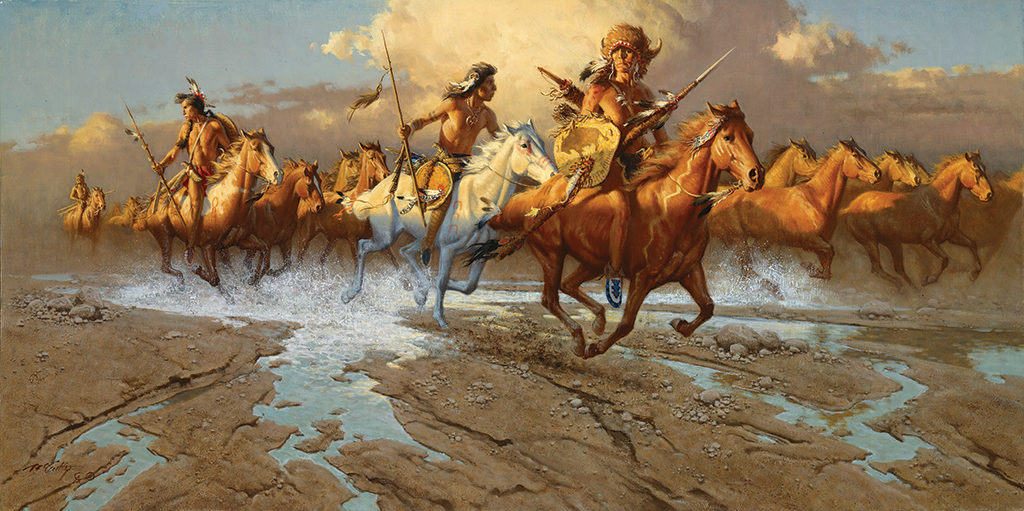
While Governor Juan Bautista de Anza worked to forge peace with Comanches and other native peoples in New Mexico, British colonists waged a war for their independence on the eastern seaboard. Few nuevomexicanos were aware of the plight of the patriots, but Spanish officials carefully weighed developments in the struggle against the British Crown. King Carlos III maintained an ambivalent stance during much of the conflict. Although eager for any opportunity to chip away at British power, he recognized that an endorsement of the patriots might set a disastrous precedent for his own colonies in the Western Hemisphere.
Events on the ground, however, pushed Spain to aid the rebellious British colonists when Bernardo de Gálvez, then governor of Spanish Louisiana, sent men and supplies across the Mississippi River into Florida in 1779. Gálvez’s actions prevented the British from taking control of the river’s vital transportation and communication channels, and played an important role in the patriots’ eventual victory. For its support, Spain regained Florida at the 1783 Treaty of Paris negotiations which officially recognized the fledgling United States of America.
At that point in time, it appeared that the Bourbon Reforms were a major success across the board. The Spanish Empire, already the most extensive in modern history, was at its largest in terms of overall territory. Land did not necessarily equal power, however. Residents of the brand-new United States looked westward across the Appalachian Mountains with an eye to expansion. Even prior to independence, figures like Daniel Boone began to explore and settle west of the Appalachians. Indeed, one of the colonists’ main contentions against Parliament (besides “no taxation without representation”) was enforcement of the Proclamation of 1763 that forbade migration west of the Appalachian mountains or into Canada.
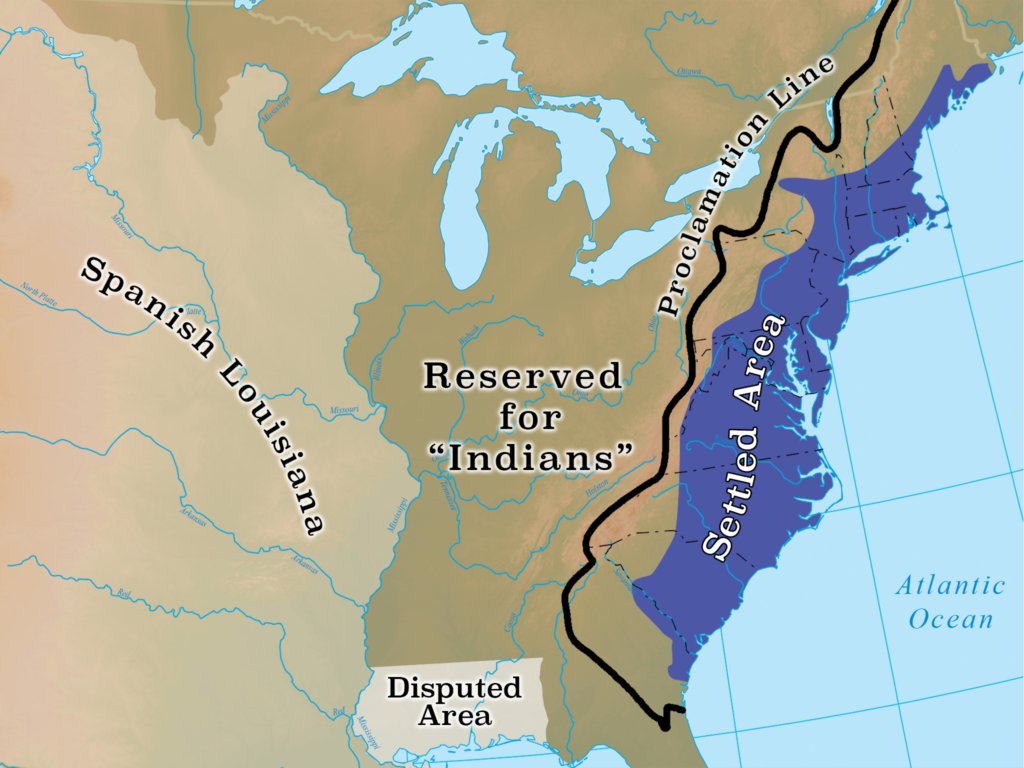
By the end of his reign in 1788, King Carlos III clearly understood Americans’ expansionist goals. Further complicating matters, the Bourbon Reforms created as many problems as they solved. For example, attempts to reform political posts in the Spanish Americas pitted recently arrived appointees from Spain itself (called peninsulares) against people of Spanish heritage who had been born and raised in the colonies (called criollos). When Napoleon Bonaparte placed his brother Joseph on the Spanish throne in 1808, criollo cabildos throughout the colonies seized the opportunity to take power until the rightful king, Fernando VII “el deseado” (the desired one), returned to power. When King Fernando was restored to the throne, many regional criollo governments refused to relinquish power, laying the groundwork for independence movements that spread throughout the Spanish Americas between the 1810s and 1820s.
Even before he took control of Spain outright, Napoleon was able to exert influence over Spanish affairs in the Americas. In 1800 he negotiated the secret Treaty of San Ildefonso that returned Louisiana to France in exchange for an Italian duchy and the promise never to sell the territory to a third party. Although Spanish officials balked, Napoleon’s meteoric rise in power over European affairs left them little choice. The French emperor considered Louisiana a springboard to regain North American colonies. Before that dream could become a reality, however, French forces would have to quell the slave revolution that was raging in Saint Domingue (today Haiti). At the same time, President Thomas Jefferson hoped to negotiate rights to the port of New Orleans. Yellow fever and a string of defeats convinced Napoleon to cut French losses in the Americas just as U.S. envoys approached his government in 1803. Hoping only for navigation and trade privileges, they received much more than they had bargained for when Napoleon sold them all of Louisiana for $15 million in the transaction that became known as the Louisiana Purchase. Spanish officials immediately raised a series of legal objections because the sale violated the terms of the Treaty of San Ildefonso. Their protests were to no avail.
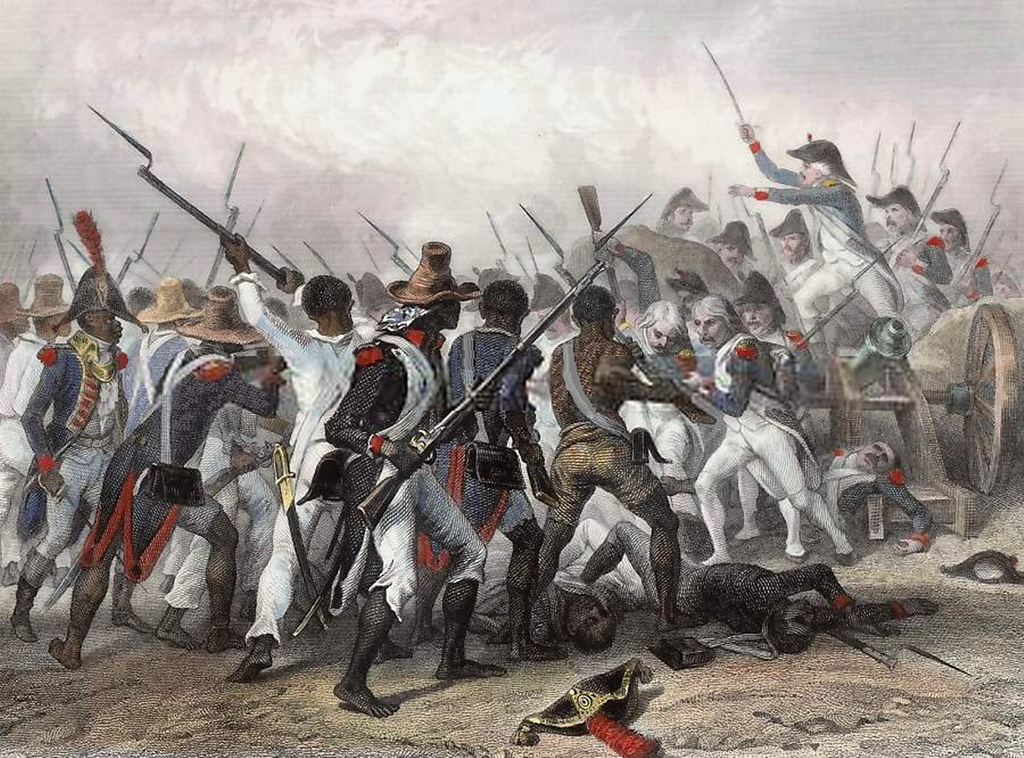
Courtesy of Daniel Jorge Marques
In a period of a few short years U.S. expansion at the expense of the Spanish Empire became a reality. In 1804 Meriwether Lewis and William Clark’s expedition undertook the task of exploring the lands acquired in the purchase. From the perspective of Spanish officials, their mission presented a threat to northern New Spain because the western boundary of Louisiana had never been clearly defined. Not only were the explorers surveying the new territory, then, they were assessing the extent of the claims that the United States could reasonably make based on the purchase. Spanish administrators had reason to worry; the Jefferson administration had already attempted to lay claim to Western Florida as part of the Louisiana acquisition.
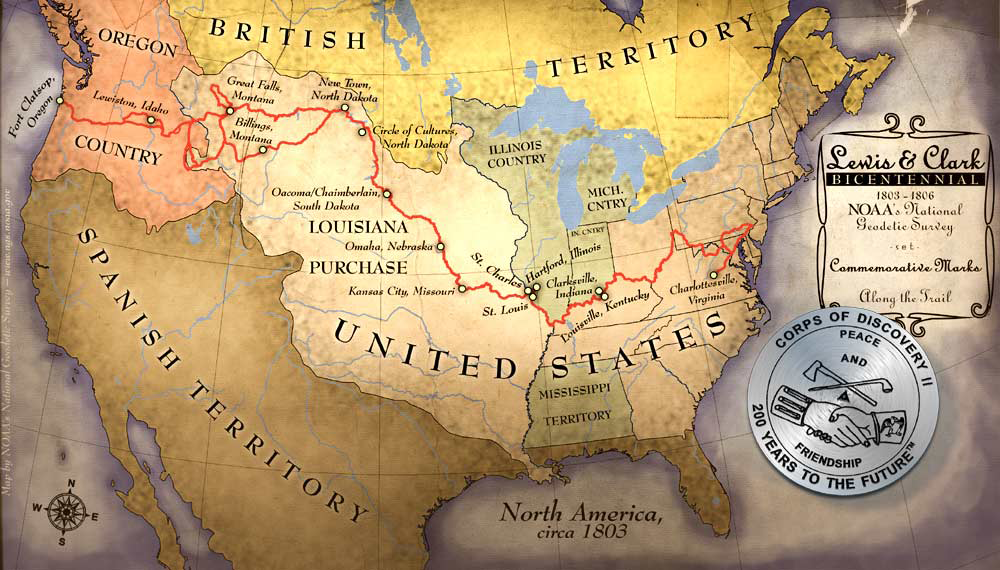
Courtesy of National Geologic Survey & National Oceanic and Atmospheric Administration
Alarmed Spanish officials commissioned four separate parties to intercept Lewis and Clark, but none ever crossed paths with the Americans due to misconceptions about their intended course. Facundo Melgares led the last such expedition, which set out from Santa Fe in 1806, well after Lewis and Clark had made their way to the mouth of the Columbia River. Although his group failed to locate Lewis and Clark, he was dispatched once more upon his return to New Mexico. This time his target was Zebulon Pike, another U.S. explorer whose journeys placed him firmly within Spain’s territorial claims. Melgares arrested Pike near present-day Colorado Springs, in the process saving his party from almost certain death in the harsh winter of 1807.
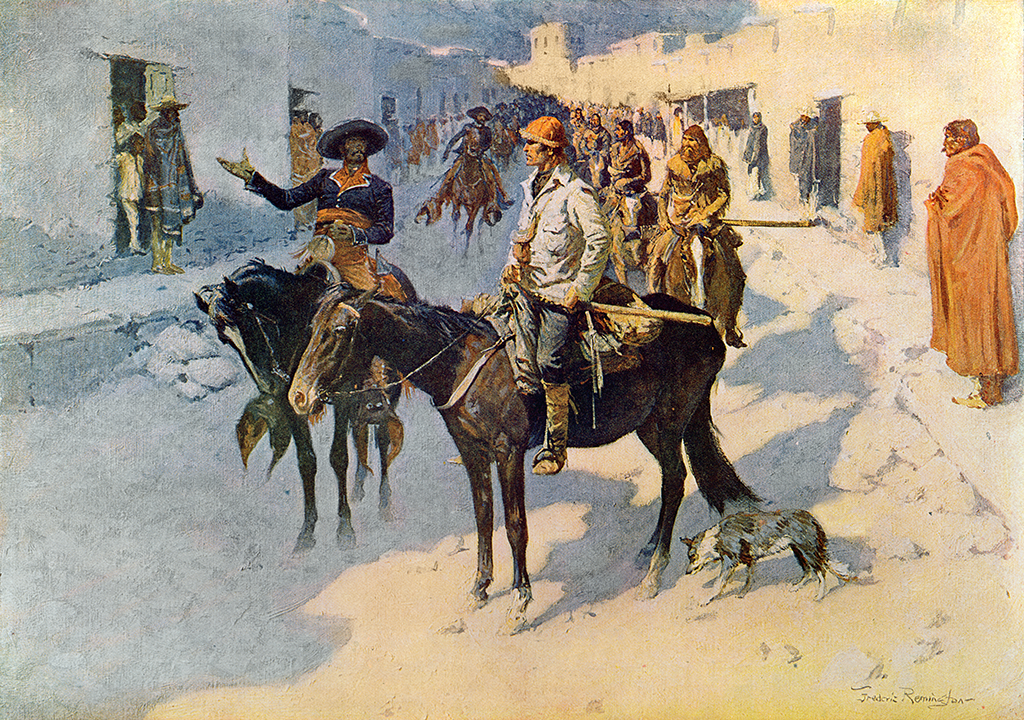
Used with permission–Private Collection/Bridgeman Images
Charged with illegally trespassing into Spanish territory, Pike was escorted from Santa Fe to Ciudad Chihuahua. After a short imprisonment, he was eventually released by way of San Antonio. His presence in Spanish territory pushed the governments of both Spain and the United States to settle the boundary between their domains through diplomatic means. That feat was not accomplished until over a decade later with the Adams-Onís Treaty (also known as the Transcontinental Treaty) of 1819. Although the boundary was finally resolved, Americans’ interest in northern New Spain (especially east Texas) had been whetted by the explorers’ published reports of fertile lands, abundant resources, and potential markets for trade.
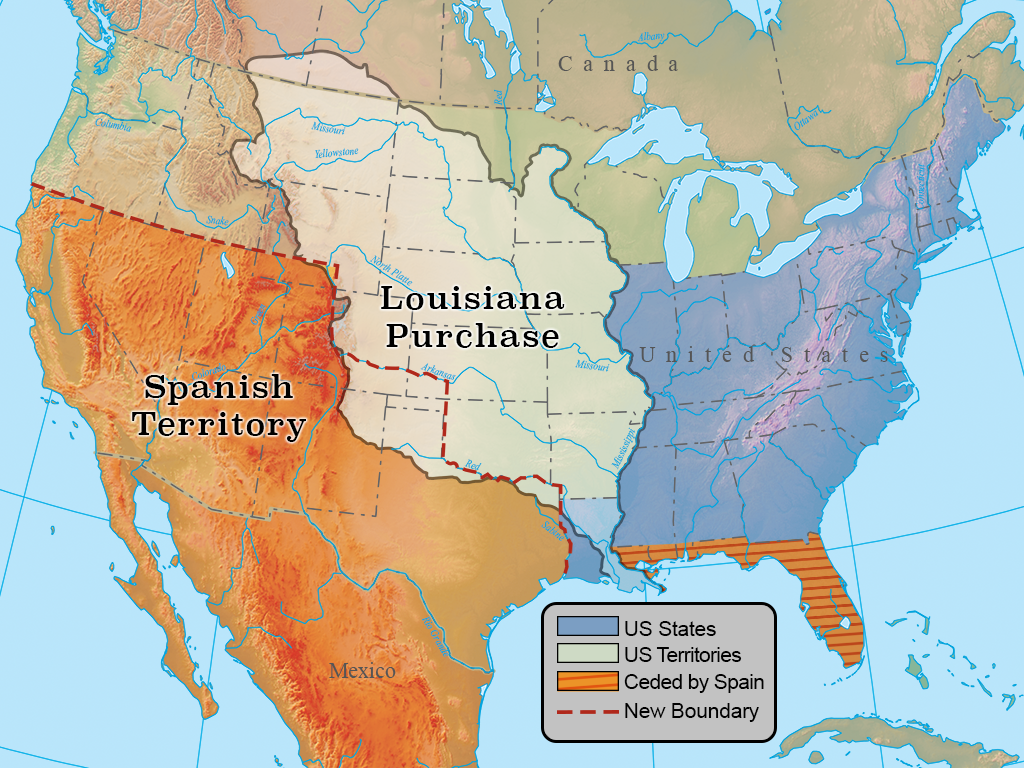
This series of geopolitical incidents illuminates the historical context of New Mexico’s tenure as part of the republic of Mexico. The Bourbon Reforms’ shortcomings, coupled with Napoleon Bonaparte’s empire building in Europe, opened the door for independence movements in the Spanish Americas—including that of Mexico. After gaining independence from Spain in 1821, the Mexican government struggled to assert authority over its domains and continued to face the threat of U.S. expansion into its northern territories. Under Mexican rule, nuevomexicanos once again found themselves at odds with Comanches, Apaches, Navajos, and Utes. Political leaders in Mexico City imposed constitutions and legislation on New Mexico without providing fiscal or military support against nomadic peoples. Simultaneously, the Santa Fe Trade created connections between New Mexico and the U.S. economy. Despite antagonisms between New Mexico (and the entire northern frontier) and central Mexican policy makers, during their short twenty-seven years under Mexican rule most nuevomexicanos came to identify as members of the Mexican nation. Yet economic, territorial, and political competition in North America meant that Mexico’s hold on its northern provinces was not to last.